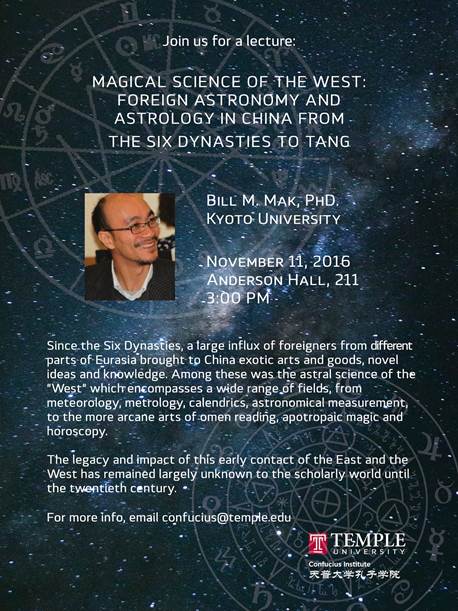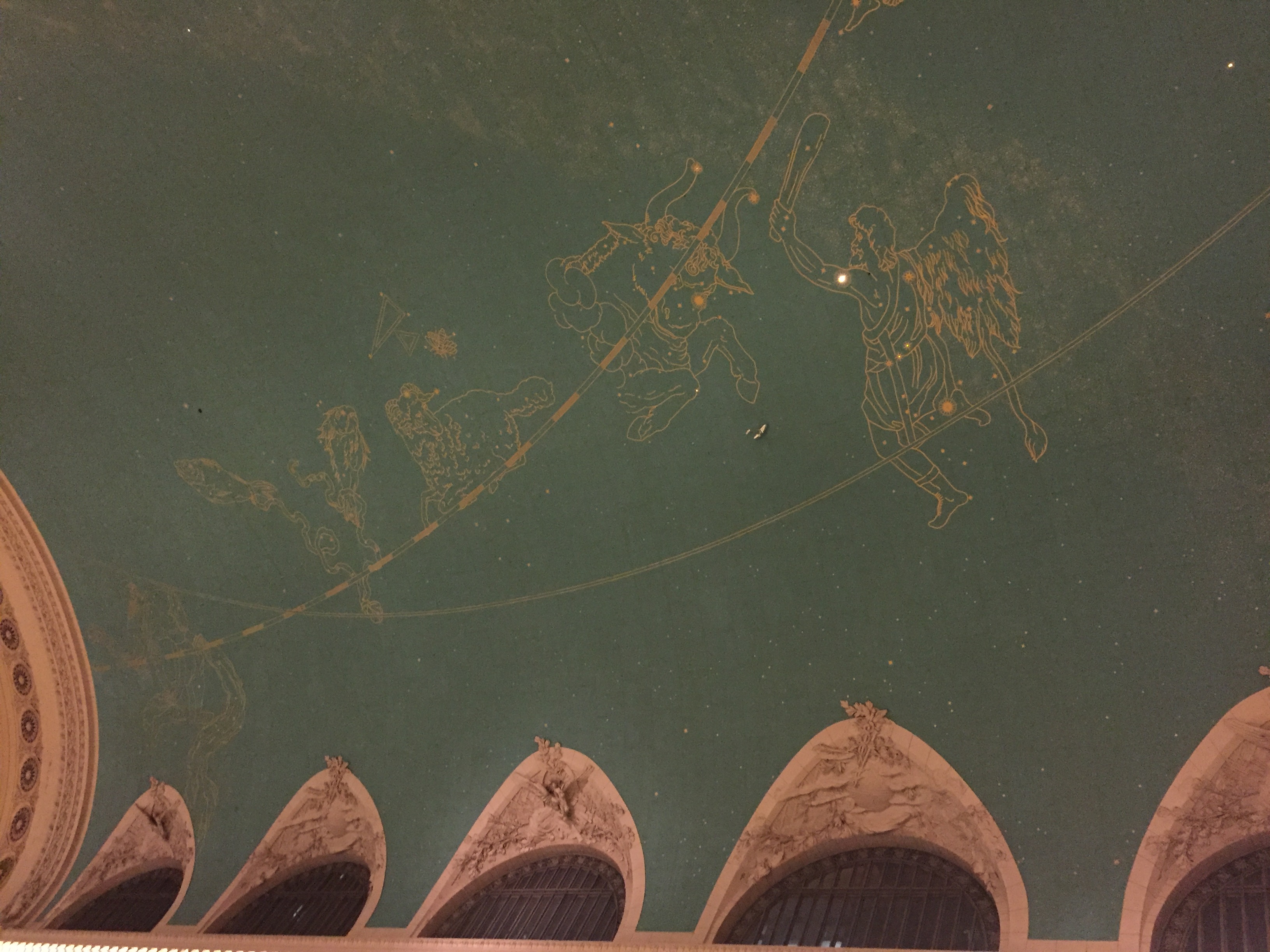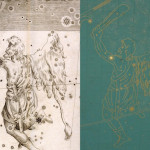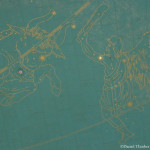Oldest extant horoscope diagram: P. Oxy. 235
Greek horoscope in Oxyrhynchus papyrus P. Oxy. 235. Although its content was dated to 15/22 CE by Neugebauer and Van Hoesen, the papyrus itself may be dated considerably later, possibly third century or later. Despite the question of material dating and the contradictory astronomical data as Alexander Jones has pointed out, this specimen remains nonetheless one of the oldest horoscope diagrams extant. This radial-type Greek horoscope survived in a handful of Byzantine documents, but earlier specimens translated into other languages are found preserved in Japan (as Buddhist horoscopes in Chinese) and in various Southeast Asian countries such as Myanmar, Cambodia and Thailand (as Greco-Indian horoscopes).
A sketch of this horoscope was reproduced in Neugebauer and Van Hoesen (1959). Greek Horoscope, pp. 18–19. The original photo has not been published to my knowledge. The photo here is reproduced here (courtesy of Jones from Neugebauer’s archive) from Mak, Bill. 2018. “The First Two Chapters of Mīnarāja’s Vṛddhayavanajātaka.” Zinbun 66 (48), p.7:
http://hdl.handle.net/2433/230620
More on Oxyrhynchus astronomical papyri:
Jones, Alexander. 1999. Astronomical Papyri From Oxyrhynchus : (P. Oxy. 4133-4300a). Philadelphia: American Philosophical Society.
Jones, Alexander. 2007. “Astrologers and their Astronomy.” In Oxyrhynchus: a city and its texts. London: Egypt exploration Society.




